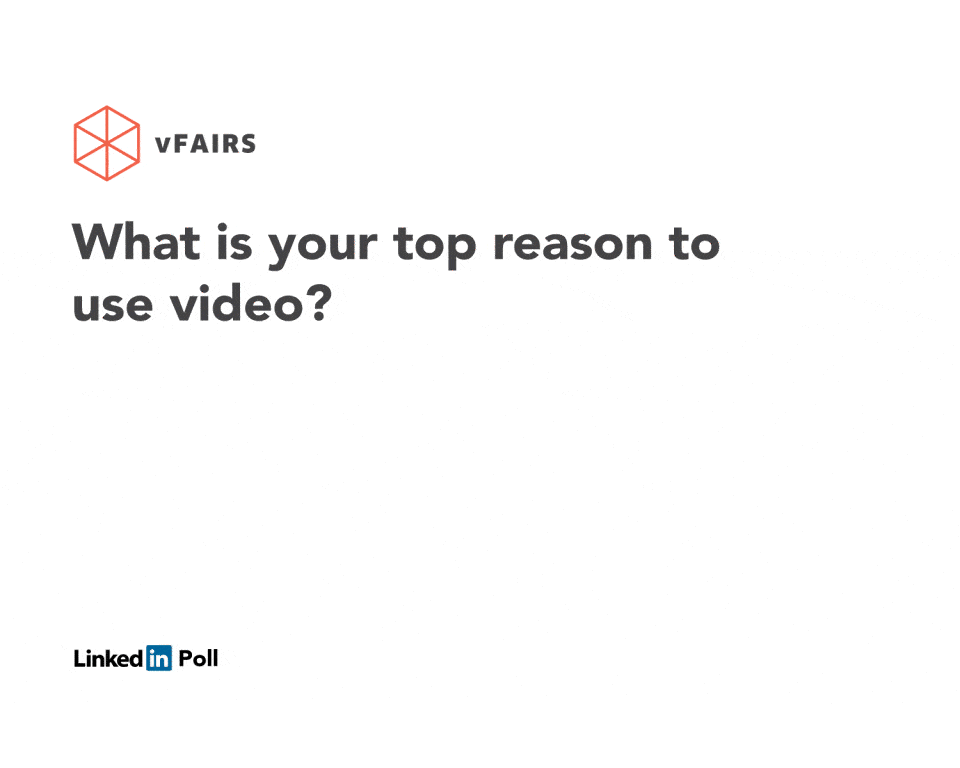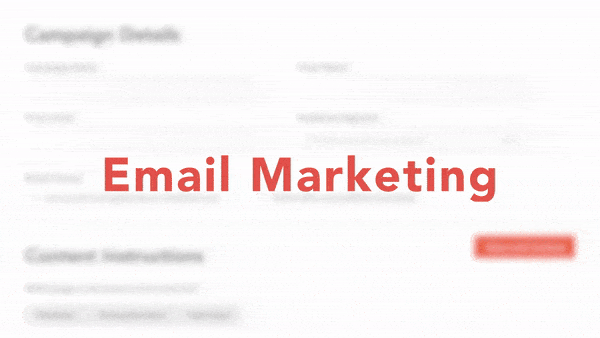The success of your event largely depends on the number of people who attend it. Considering the amount of time and effort you put into planning and running the event, there is nothing more disappointing than a poor turnout.
This is where event newsletters come into the picture.
From spreading the word about your event and generating interest to sharing useful event details and sending timely reminders — event newsletters are an effective way to reach audiences and maximize attendance.
6 Design Best Practices to Create Better Event Newsletters
Is it enough to send an email newsletter and expect registrations? Not quite.
You need to create an email marketing strategy and design a newsletter that stands out in a crowded inbox, captures attention, and gets people to click on the call-to-action button.
Let’s take a look at some design best practices to help you create event newsletter templates that pique interest and drive attendance.
1. Create a Compelling Email Header
The first thing people see when they open an email newsletter is the header banner. A compelling subject line and header generate interest and entice them to read the rest of the email.
MailerLite has an interesting hack when it comes to designing headers. They suggest asking yourself: If I get two seconds of their attention, what do I want people to think and remember?
The key is to use a striking hero image that is in line with your event theme, along with a crisp headline that clearly tells the reader what they can expect from the email. Be sure to not add too many elements as that would end up crowding the header and distracting the reader.
Here’s an example of a simple yet effective email newsletter header by Thinkific. They have incorporated their event branding and the name of the event with the dates.
2. Use Infographics to Communicate Effectively
Like it or not, 80% of people are only scanning your email as opposed to reading them.
This shows that if you want people to engage with your event newsletter and derive value from it, you need to make it easy to scan.
Creating infographic-like newsletters can help you achieve that.
Being a collection of imagery and text, infographics are great for making complex information easier to digest and understand, which is why it’s a good idea to use them in your newsletters.
Apart from adding visual appeal, email infographics help you communicate information effectively and keep the reader engaged without overwhelming them.
Here are some ways to use infographics in your event newsletters:
- Highlight interesting statistics
- Present your event schedule using a timeline maker
- Summarize event takeaways
- Illustrate steps to join your virtual event
Take a look at this event email newsletter by Fender. They have used a vertical timeline to present their event schedule.
3. Incorporate Videos

As per a study, incorporating videos in emails:
- Boosts open rates by 19%
- Boosts click-through rates by 65%
Videos are effective because they manage to grab attention and convey information quickly in a manner that keeps subscribers invested in the content.
Depending on your email marketing strategy and the software you use, you can either directly embed the video in the email or link people to a landing page that hosts a video. If you’re opting for the latter option, make sure you place a static or animated thumbnail with a “play” button that lets people know that they need to click it to view the video.
It’s also a good idea to mention the word “video” in the subject line, as it leads to an increase in open rates.
Here are some video content ideas for your event newsletter:
- Do a recap of the previous year’s event
- Announce the event theme
- Introduce the guest speakers or panelists to generate interest
- Send a post-event video, highlighting the key takeaways
Take a look at this example by Wistia where they’ve placed a video right below the headline to announce their annual video marketing conference.
4. Place a Prominent Call-to-Action Button
The ultimate goal of every event newsletter is to get people to register for your event. In other words, you need to get people to click on the call-to-action (CTA) button which would direct them to the event registration page.
There are three key aspects to creating CTA buttons that attract clicks:
- Placement
- Design
- Text
A study by Canopy Labs revealed that CTA at the bottom of an email outperformed CTAs placed on the left or right side of an email.
That being said, make sure you use a contrasting color for the CTA button so that it stands out and doesn’t clash with the background.
Go beyond generic copy such as “Click Here,” “Get Started,” and “Learn More,” while crafting text for the CTA button. Use actionable verbs and create a sense of urgency to entice people to click.
Some examples include:
- Buy Tickets
- Register Now
- Get Your Ticket
- Register Today
- Grab a Seat
- Sign Me Up
Here’s an example of an event newsletter by Dot Digital. The CTA button is prominent and well placed. They have included another CTA button at the bottom of the email too.
5. Maintain Consistent Branding
Consistent branding is important in delivering a cohesive reading experience. It helps you strengthen your brand identity while improving recall value.
This is particularly important when you’ve scheduled a series of email content ranging from the invitation and reminder emails to the post-event follow-ups.
Here are some key branding elements to consider while designing event newsletters:
- Colors
- Typography
- Tone of voice
- Layout
- Visuals
- Brand logo
Take a look at this webinar invitation email that has a consistent style. It uses a blue and black gradient as the background along with legible typography, which offers a streamlined and smooth reading experience.
6. Optimize for Mobile
Mobile accounts for 46% of all email opens, making it imperative to optimize your event newsletters for mobile devices.
The last thing you want is for your subscribers to zoom in and out to comprehend the email content on their smartphones, leaving them disengaged.
Here’s how you can design responsive email newsletters:
- Use single-column layouts to enhance readability.
- Place important elements in the upper portion of your newsletter.
- Insert one clear, touch-friendly call-to-action button.
- Use responsive images that load quickly on mobile devices.
- Use 13- or 14-pt font for the body text and 20-pt for the title.
7. Leverage AI-Powered Tools

Event newsletters don’t have to take that long to create and send with the all-new AI-powered tools like ChatGPT. They are amazing for event marketers who are looking for a more compelling copy in just a few minutes. All you have to do is provide a few prompts to the AI bot and voila! You will have copies for your email newsletter in a fraction of the time. It can even create multiple iterations from the same prompt so you can have options. However, you may still need to slightly tweak the copy samples that ChatGPT or any other such tool generates.
The takeaway: Design engaging event newsletters to drive attendance.
Email newsletters are a powerful event marketing tool, but it’s essential to design engaging and well-structured ones that stand out in a crowded inbox and get considered.
These six tactics will help you design engaging event newsletters that not only get read but also compel readers to click on the call-to-action button and register for your event.
About the Author
Simki Dutta is a content marketer at Venngage, a free infographic maker and design platform. She writes about all things marketing and communications.

